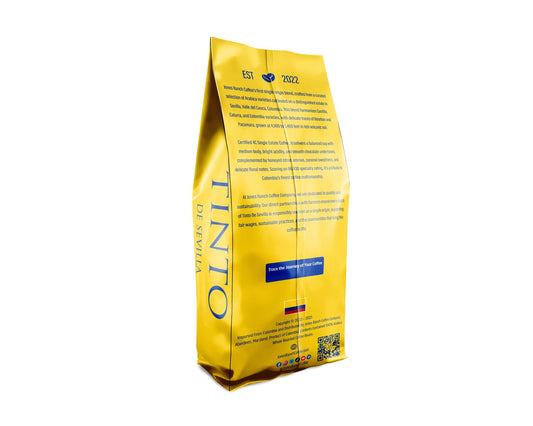Coffee Growing in El Salvador
Coffee Growing in El Salvador
History of Coffee in El Salvador

Coffee cultivation in El Salvador began in the mid-19th century, with the government encouraging growth by offering tax incentives and land for coffee plantations. This crop quickly became a cornerstone of the economy, transforming the landscape and social fabric of the country. By the early 20th century, coffee exports were the primary source of national revenue, symbolizing El Salvador's entry into the global coffee market. Despite facing challenges such as civil unrest and natural disasters, the coffee industry in El Salvador has remained resilient, continuously adapting to modern techniques while preserving traditional methods.
Popular Growing Regions
El Salvador is home to several renowned coffee-growing regions, each with its unique microclimate and soil conditions that contribute to the distinct flavors of the beans:
Types of Varieties and Flavors
El Salvador is predominantly known for growing Arabica coffee, with notable varieties including:
Climate and Farming Methods
The climate in El Salvador, marked by its wet and dry seasons, is ideal for coffee cultivation. The country’s coffee is mostly grown at altitudes ranging from 1,200 to 2,000 meters above sea level, where cooler temperatures slow the bean's maturation process, enhancing the complexity of flavors. Traditional farming methods are still widely practiced, including shade-grown techniques that protect the coffee plants from direct sunlight, preserve soil moisture, and support local wildlife habitats. In recent years, there has been a shift towards more sustainable and organic farming practices to ensure environmental conservation and improve bean quality.
Interesting Tourism Sites in El Salvador
Beyond its coffee farms, El Salvador offers a range of tourism sites being one of our favorite countries in Central America:
.

Order Single Origin Coffee Today.
-
Pacamara Select Premium Single Origin Coffee (El Salvador)
Vendor:Jones Ranch Coffee Company5.0 / 5.0
(1) 1 total reviews
Regular price $24.00 USDRegular priceUnit price / per -

 Sale
SaleSaludos El Salvador Single Origin Coffee
Vendor:Jones Ranch Coffee Company4.44 / 5.0
(32) 32 total reviews
Regular price $17.00 USDRegular priceUnit price / per$19.00 USDSale price $17.00 USDSale -
Tinto de Sevilla Single Origin Coffee (Colombia)
Vendor:Jones Ranch Coffee CompanyRegular price $18.00 USDRegular priceUnit price / per






